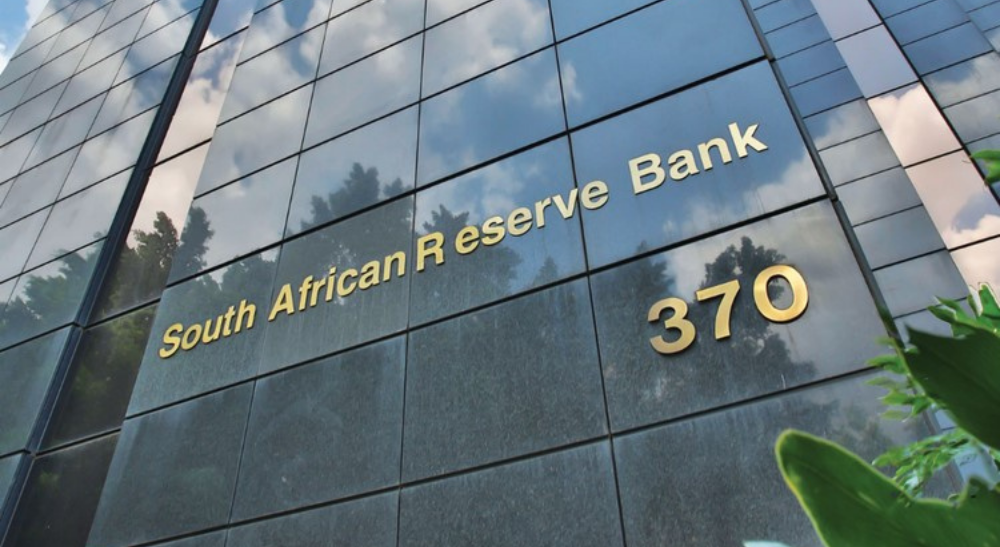The government will withdraw R150 billion from the South African Reserve Bank’s R500bn Gold and Foreign Exchange Contingency Reserve Account (GFECRA) to reduce borrowing and its debt-service costs. The withdrawal will be governed by legislation.
Lower revenue collection and higher spending have resulted in the government’s gross borrowing requirement increasing to 7.8% of GDP in 2023/24, or by R37.6bn to about R553.1bn, according to the Budget Review.
The GFECRA captures losses and profits on foreign currency reserve transactions. It helps to insulate the SARB’s profit-and-loss statement from currency swings because valuation losses are charged to National Treasury
When the rand exchange rate against the US dollar and other reserve currencies strengthens, the account balance declines; when the rand depreciates, the balance improves. Currently, such gains or losses are not settled but are reflected as assets or liabilities on the financial statements of National Treasury and the SARB.
The last settlement of balances in this account was reached in 2003, to the value of R28bn in favour of the central bank. Since then, the value of the account has grown to R507.3bn in January this year because of the significant depreciation in the rand.
The Budget Review says the GFECRA is “now larger than any plausible losses on foreign exchange reserves from rand appreciation. Moreover, this system is unusual. Other countries typically account for valuation gains differently, making the Reserve Bank an outlier among central banks for the size of its liability to government.”
The government will withdraw R150bn from the GFECRA balance between 2024/25 and 2026/27: R100bn in 2024/25, R25bn in 2025/26, and R25bn in 2026/27.
Treasury forecasts the draw-down will reduce the government’s gross borrowing requirement from R553.1bn in 2023/24 to R428.5bn in 2026/27.
Settlement agreement
The withdrawals will be made in terms of a proposed settlement agreement between National Treasury and the SARB. The agreement will establish a new framework, the effect of which will be to reduce government borrowing and improve the central bank’s equity position. These adjustments will take South Africa closer to peer norms, Treasury said.
The agreement will allocate funds across three “buckets”.
The first bucket, the GFECRA, will retain sufficient funds to absorb exchange rate swings. Failure to do so would create an obligation for Treasury to cover exchange rate losses. Once this arrangement has been fulfilled, funds will be distributed to the second bucket, a Reserve Bank contingency reserve, to ensure the central bank’s solvency and to pay sterilisation costs to neutralise the interest rate impact. Once the first two obligations have been settled, funds will be distributed to National Treasury.
If this agreement is concluded as envisaged, the GFECRA’s balance of R500bn will be reduced by R250bn, of which R150bn will go towards reducing government’s gross borrowing requirement and R100bn will be distributed to the SARB’s contingency reserve.
The Budget Review says the GFECRA “reform” is informed by principles developed in consultation between Treasury, the SARB, and international experts. These principles include:
- The SARB’s policy solvency should not be undermined by any GFECRA distribution. In practical terms, this means the central bank should not suffer sustained negative equity.
- There should be no sales of foreign exchange reserves to realise GFECRA gains if such reserves are below estimated adequacy levels.
- There should be no distribution of unrealised GFECRA balances that could plausibly be unwound by future rand appreciation.
- Any GFECRA distributions should be governed by a framework that rules out ad hoc decisions, should be public to ensure transparency, and should be used to reduce government borrowing.




